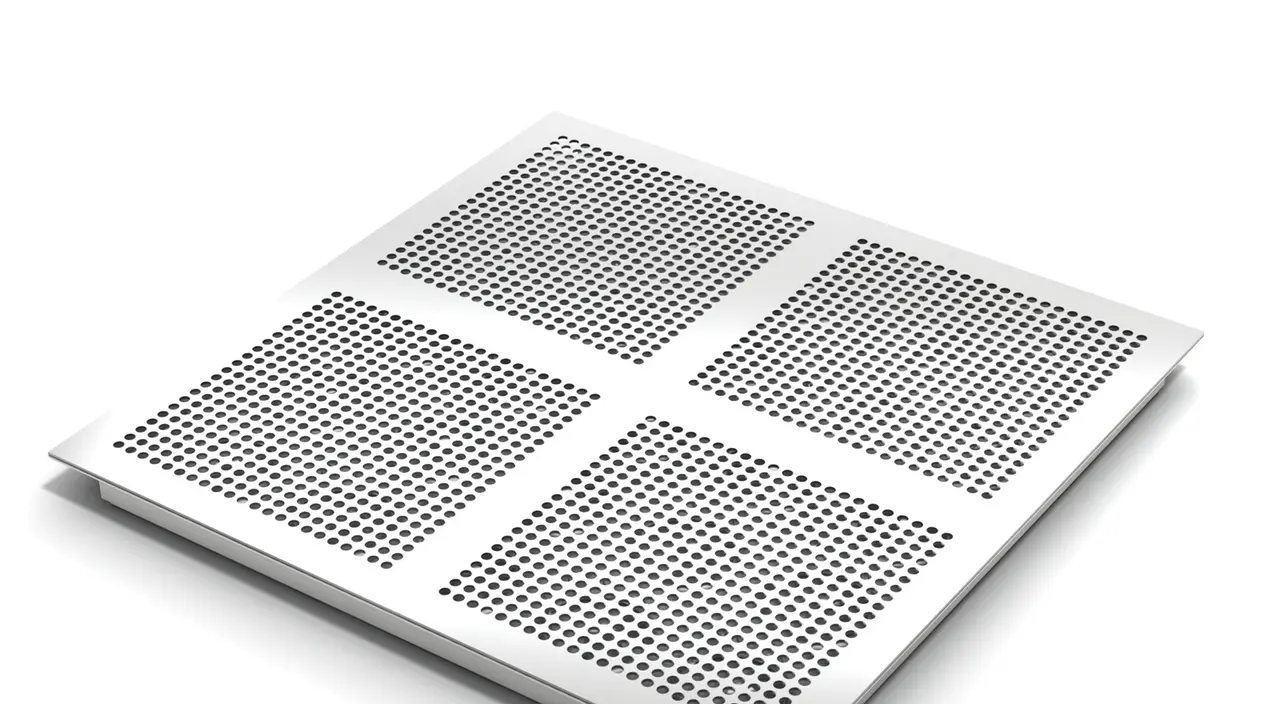Why Raised Flooring is Essential for Your Cleanroom Environment
When designing a cleanroom, every detail must promote cleanliness and control; this is where raised flooring steps in. Let's dive into why raised flooring is not just an addition, but a necessity for your cleanroom's success.
The Basics of Raised Flooring in Cleanrooms
Understanding the fundamentals of raised flooring in cleanrooms sets the stage for appreciating its critical role. Essentially, a raised floor is a type of flooring that allows for a concealed void beneath. This space is not just an empty gap; it serves multiple functions, from facilitating the distribution of conditioned air to housing electrical and plumbing services. In the context of cleanrooms, this architecture supports a controlled environment by allowing for an efficient laminar flow of air, crucial for maintaining the desired cleanliness standards.
One intriguing aspect of raised flooring is its historical roots and evolution. Originally designed for computer rooms in the 1960s to handle wires and cooling needs, raised floors have come a long way. Their adaptation into cleanroom environments underscores their flexibility and the wide-ranging benefits they offer. This piece of history not only adds a layer of interest but also demonstrates the proven effectiveness of raised flooring in managing complex systems.
Enhancing Air Quality and Contamination Control
The superior air quality and contamination control provided by raised flooring cannot be overstated. The design allows for a consistent and uniform distribution of filtered air, vital for cleanroom operations. By creating a plenum beneath the floor, raised floors work hand in hand with HEPA or ULPA filter units to ensure that the air circulating in the cleanroom meets strict cleanliness standards. This system effectively removes particles and contaminants from the air, a must-have for sensitive environments.
Facilitates Underfloor Services and Cable Management
Raised flooring excels in providing an organized, accessible space for underfloor services and cable management. This hidden yet accessible space allows for easy maintenance, upgrades, or reconfigurations of essential services without disturbing the cleanroom's operations. It's a game-changer for facilities that require flexibility and scalability, enabling cleanrooms to adapt to technological advancements or process alterations efficiently.
Flexibility and Scalability: Adapting to Cleanroom Needs
The inherent flexibility and scalability of raised flooring systems support a dynamic cleanroom environment. As technology advances and processes evolve, the need for a cleanroom layout that can adapt quickly is critical. Raised floors offer this adaptability, allowing for easy reconfiguration of the floor plan and efficient accommodation of new equipment or services without a major overhaul. This aspect not only saves time and resources but also minimizes downtime, keeping productivity at its peak.
Safety and Ergonomics: A Closer Look
Safety and ergonomics play a pivotal role in the design and operation of cleanrooms, and raised flooring contributes significantly to these aspects. By ensuring that cables and other potential trip hazards are neatly tucked away, raised floors reduce the risk of accidents. Moreover, the ergonomic design facilitates a better working environment for staff, contributing to overall well-being and productivity. The attention to safety and ergonomics reflects the holistic benefits raised flooring brings to cleanroom environments.
Factors to Consider When Choosing Raised Flooring
Choosing the right raised flooring for your cleanroom involves several factors. Material, load capacity, and the system's adaptability to support underfloor airflow efficiently are pivotal. Each cleanroom application has unique requirements; therefore, selecting a raised floor system that can be tailored to meet these needs is essential for long-term success. Collaboration with experienced professionals who understand the nuances of raised flooring in cleanroom applications can provide invaluable guidance in this process.
Elevating Cleanroom Standards with Raised Flooring
Raised flooring in cleanrooms is not merely an aesthetic choice but a critical component of maintaining a sterile environment. The benefits, ranging from improved airflow and contamination control to enhanced flexibility and safety, highlight its indispensability. As we've explored, incorporating raised flooring from the outset can lead to long-term efficiencies and a better-controlled cleanroom environment. Remember, in the realm of cleanrooms, every element plays a pivotal role in ensuring the integrity of your clean environment.
For your next raised flooring project contact CleanAir Solutions, Inc. at (707) 864-9499, or by email to Sales@CleanroomSpecialists.com. You can browse the website for more information at www.CleanRoomSpecialists.com

